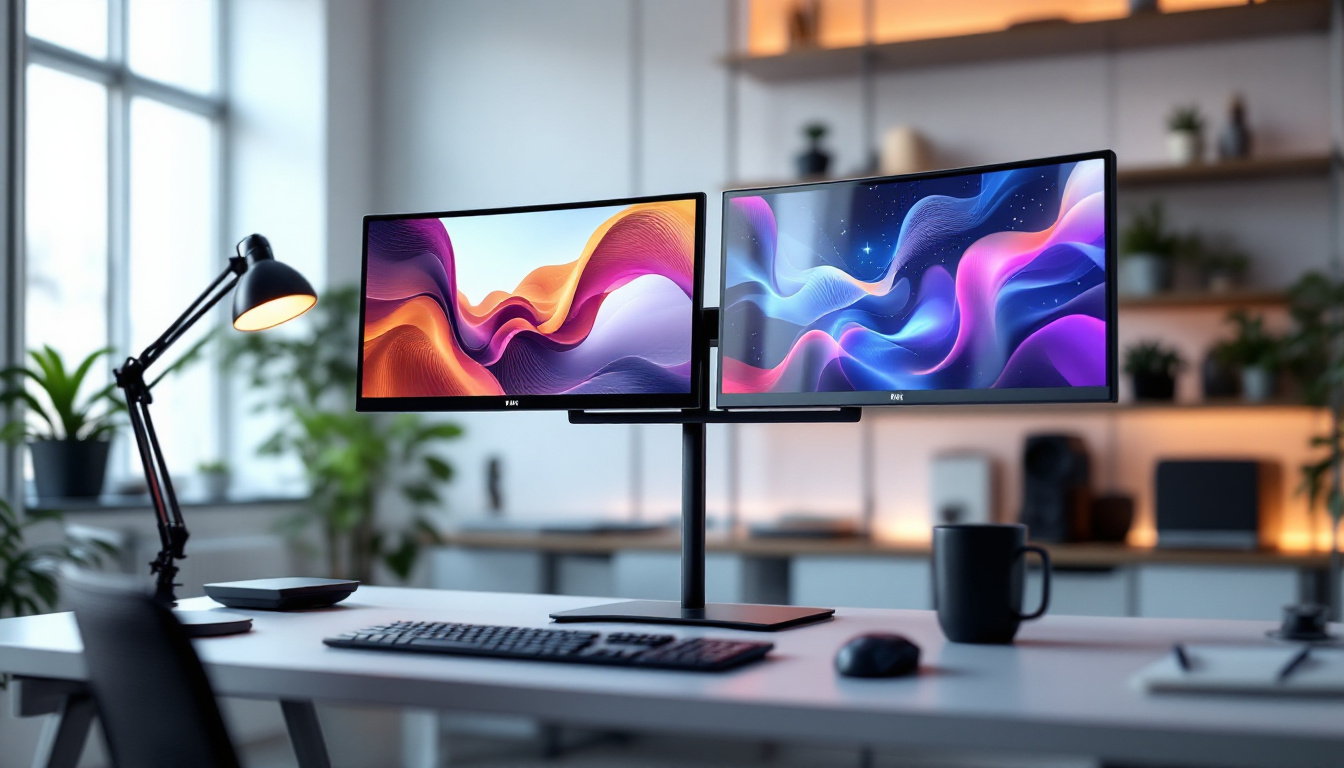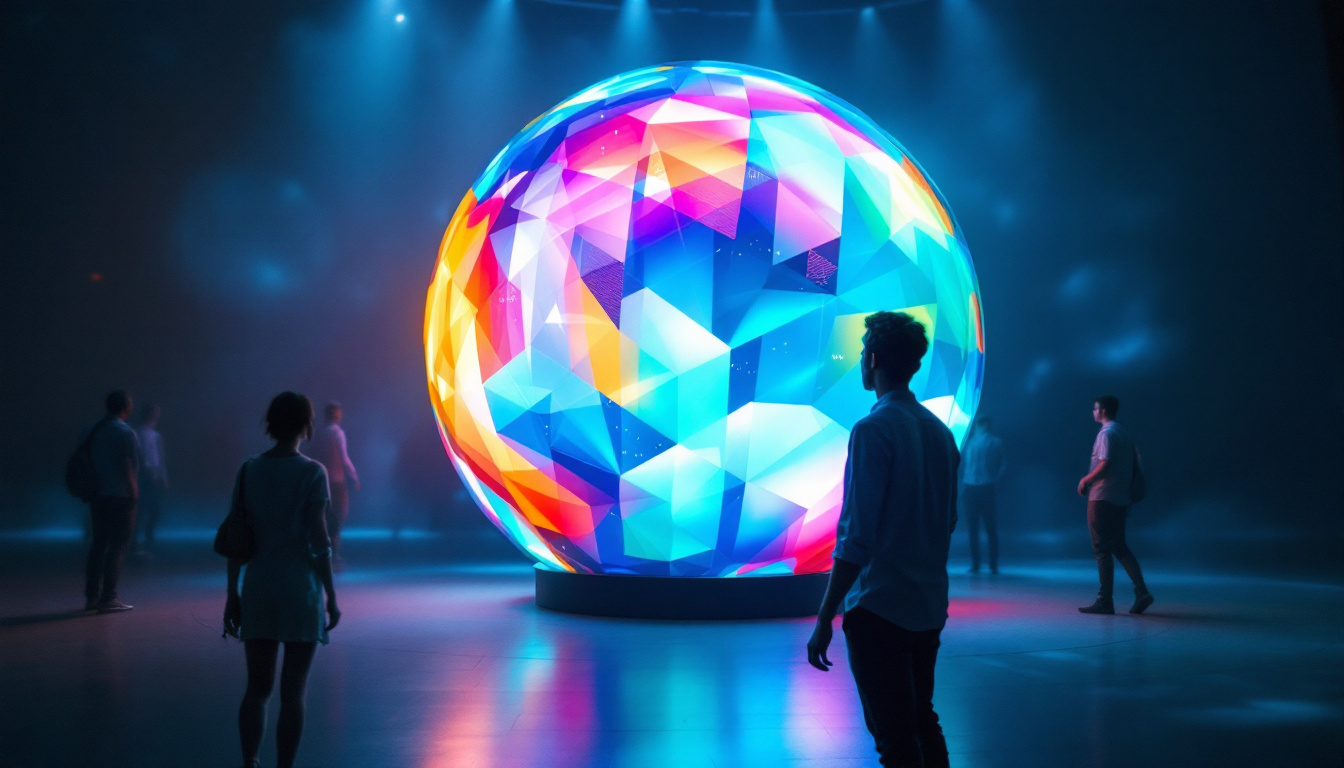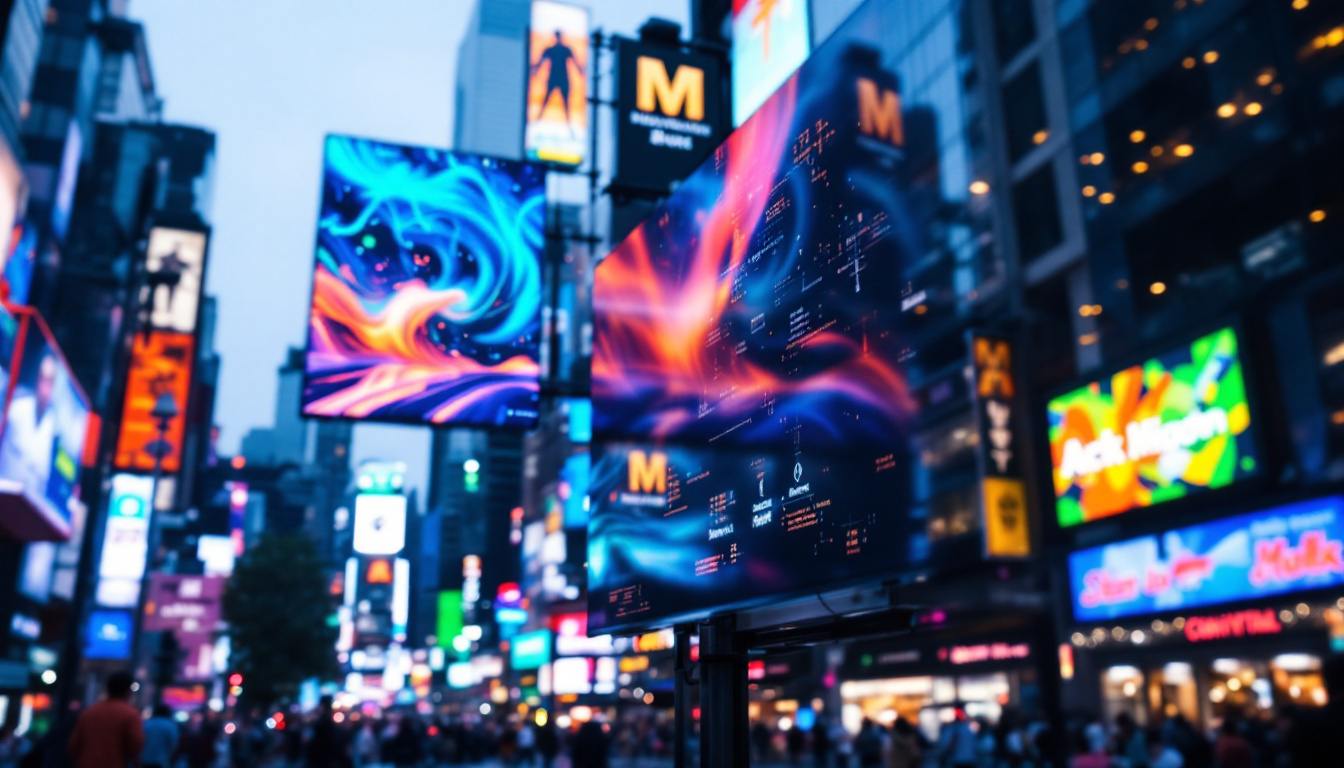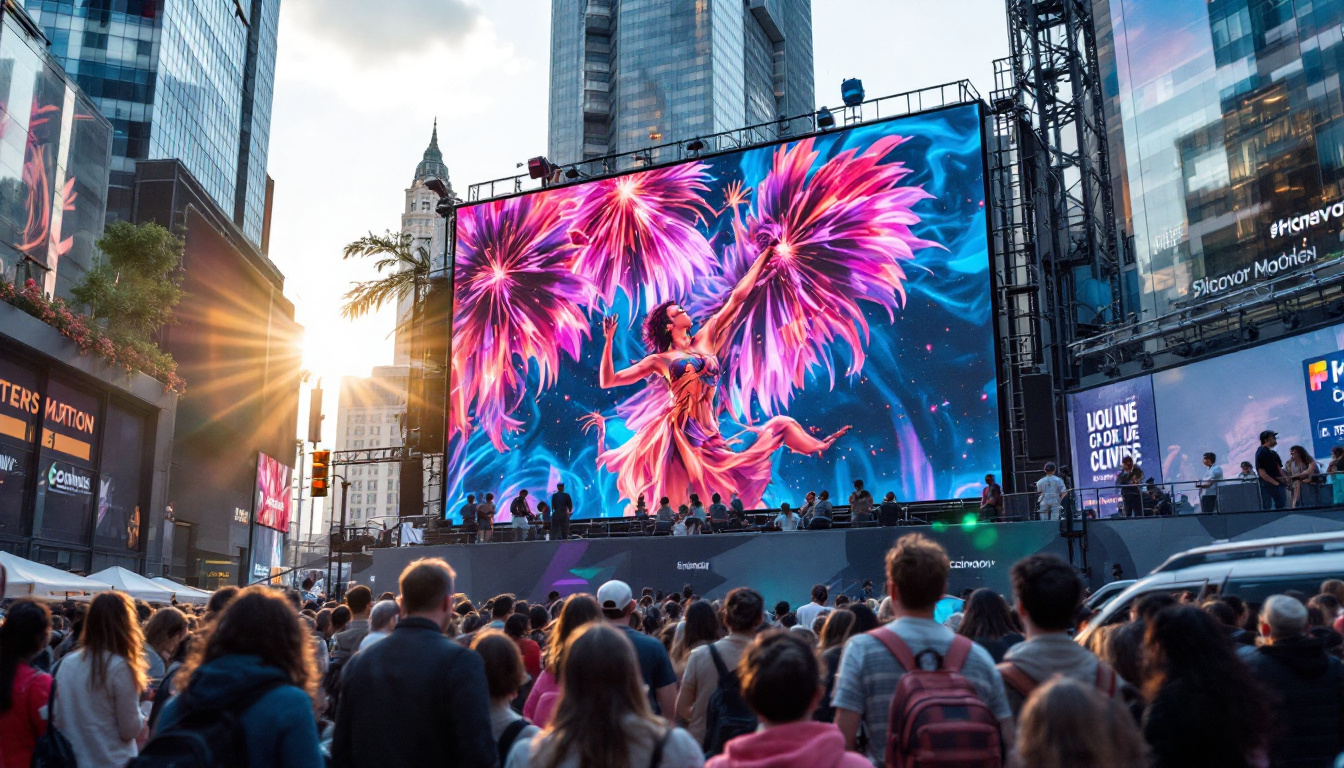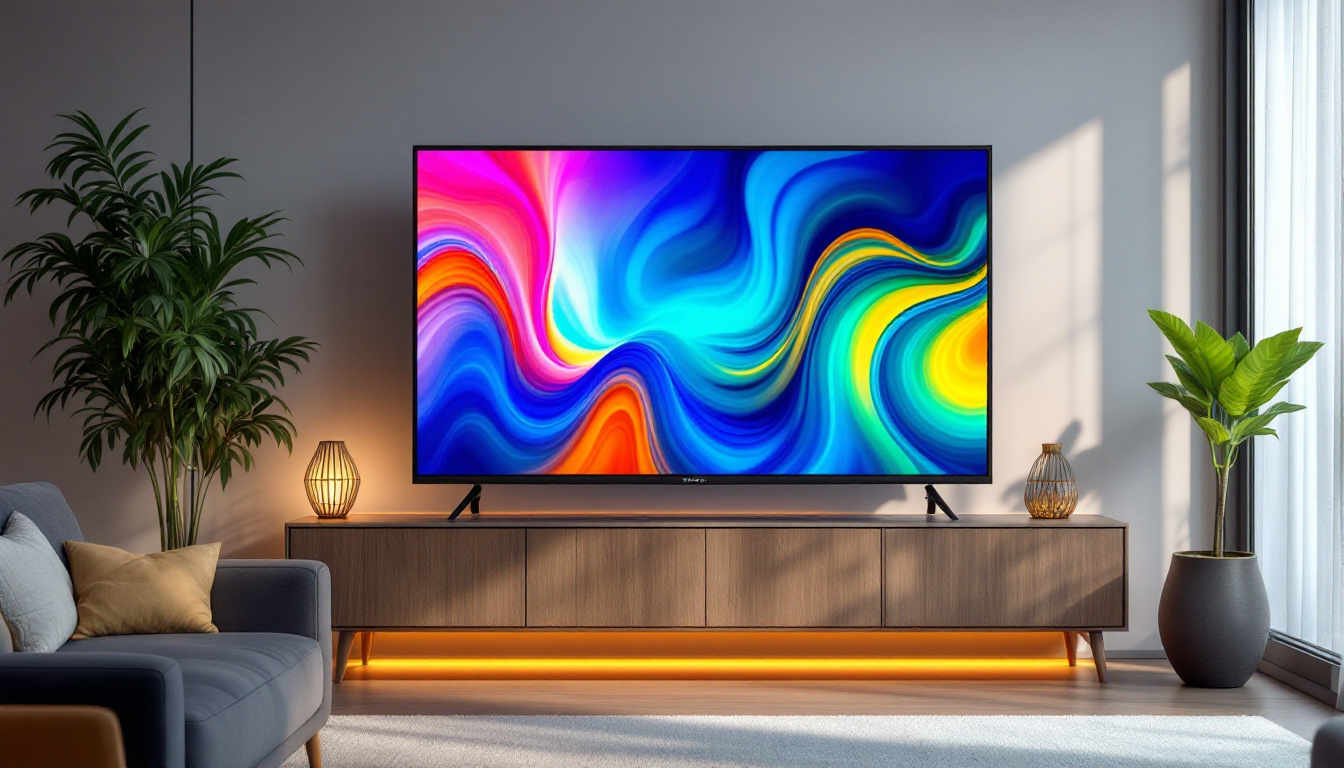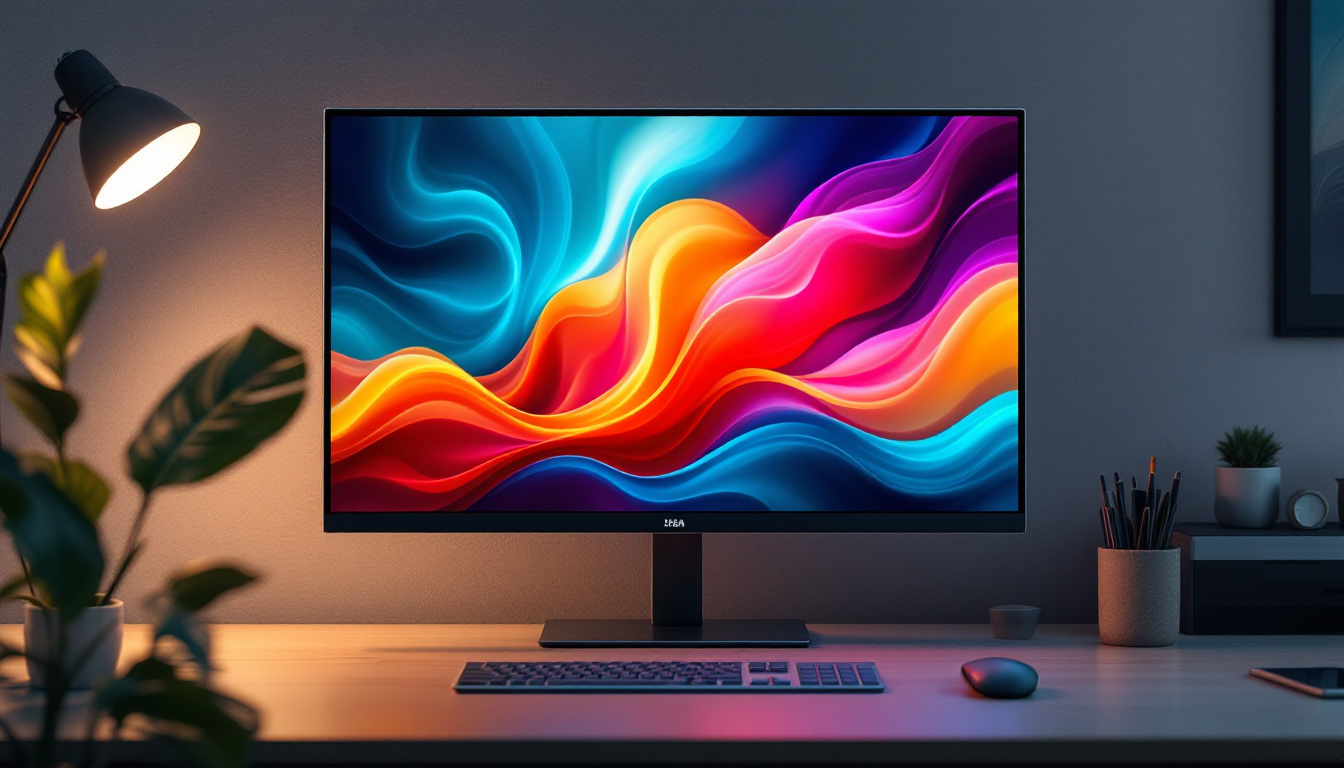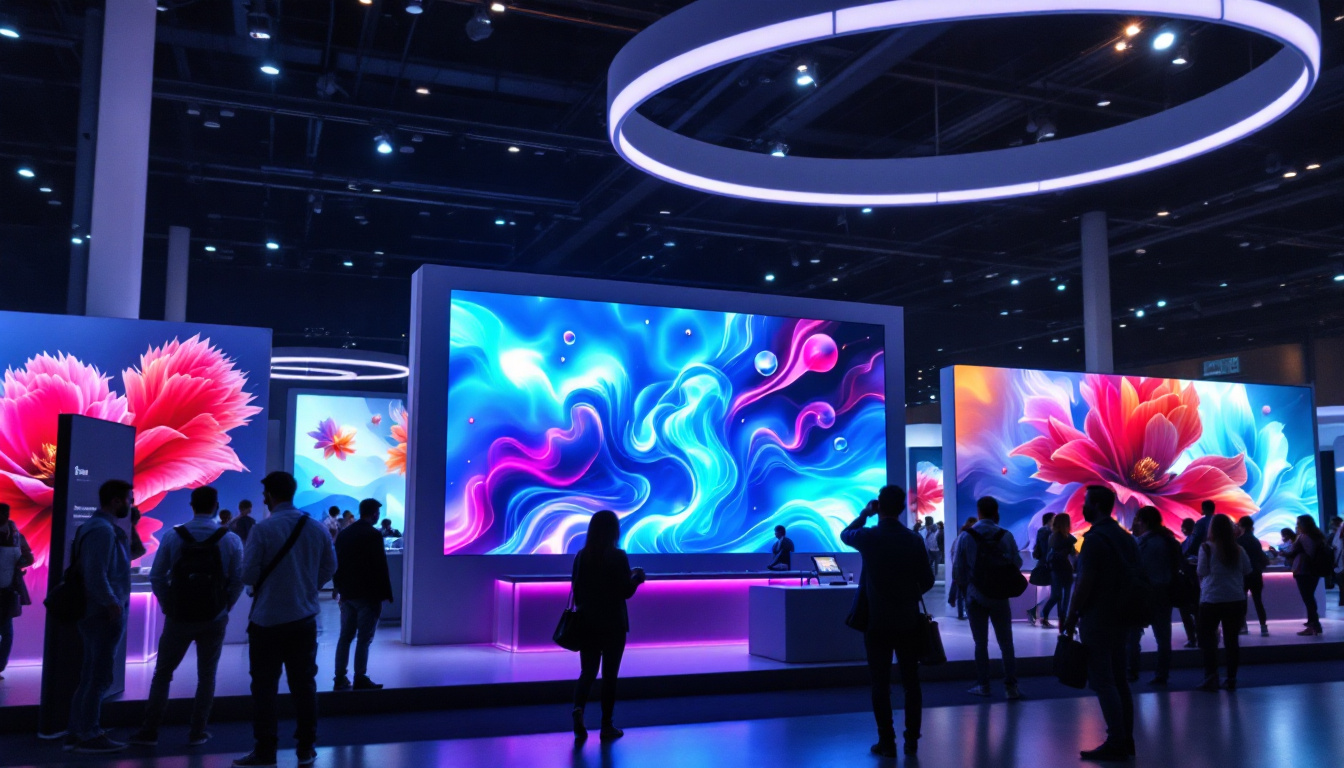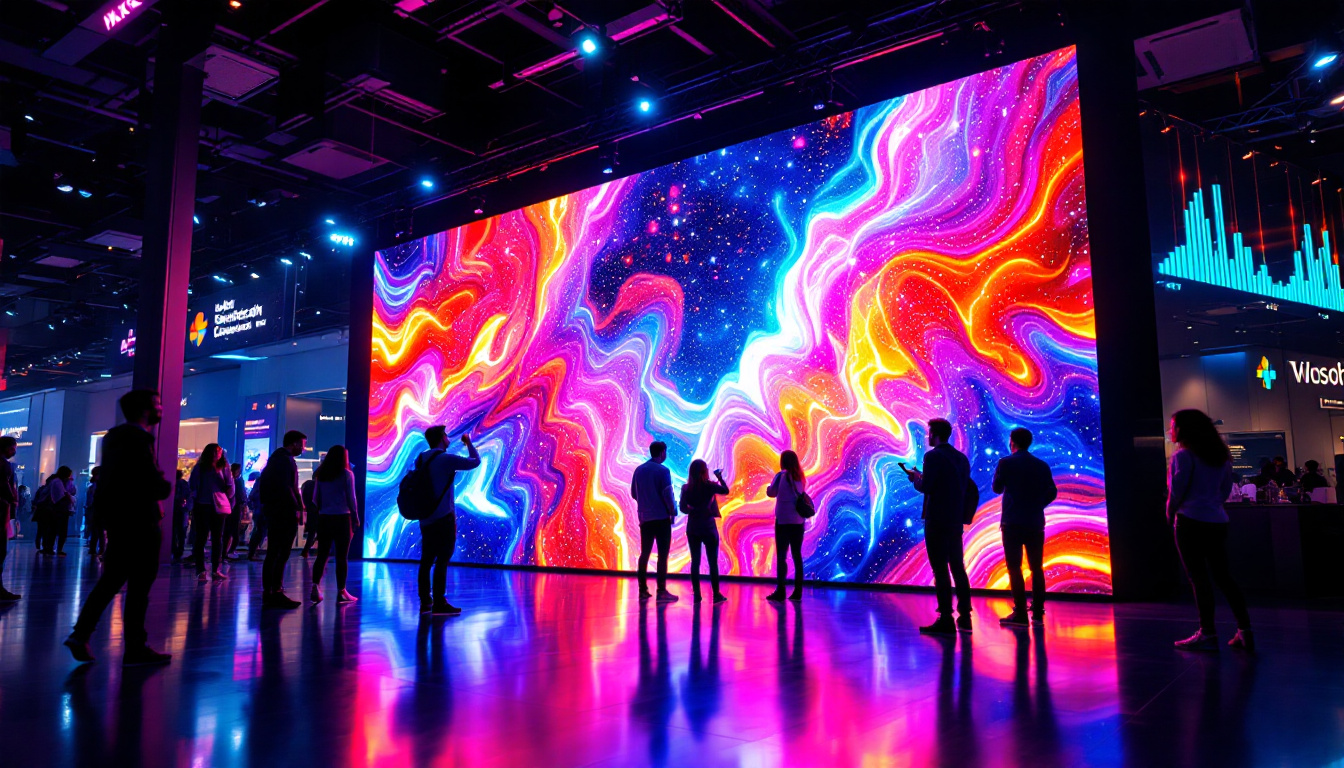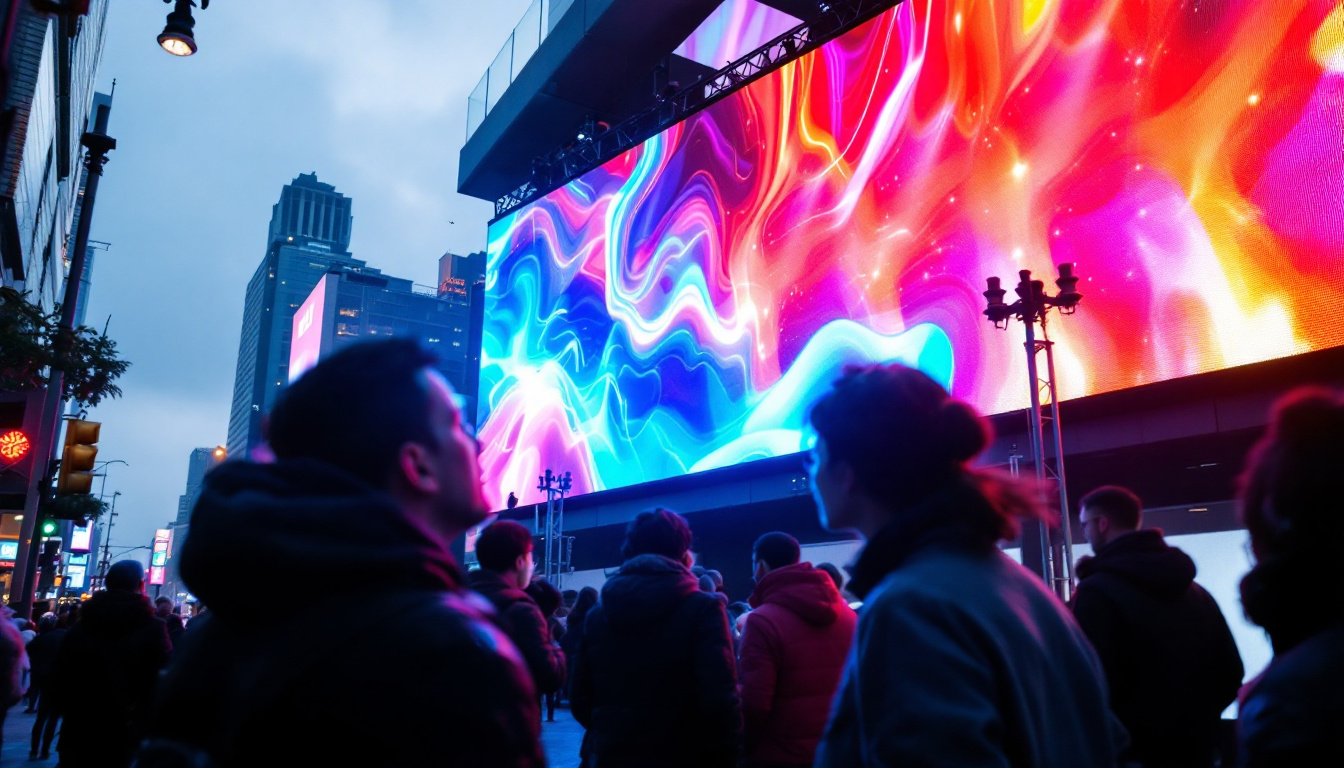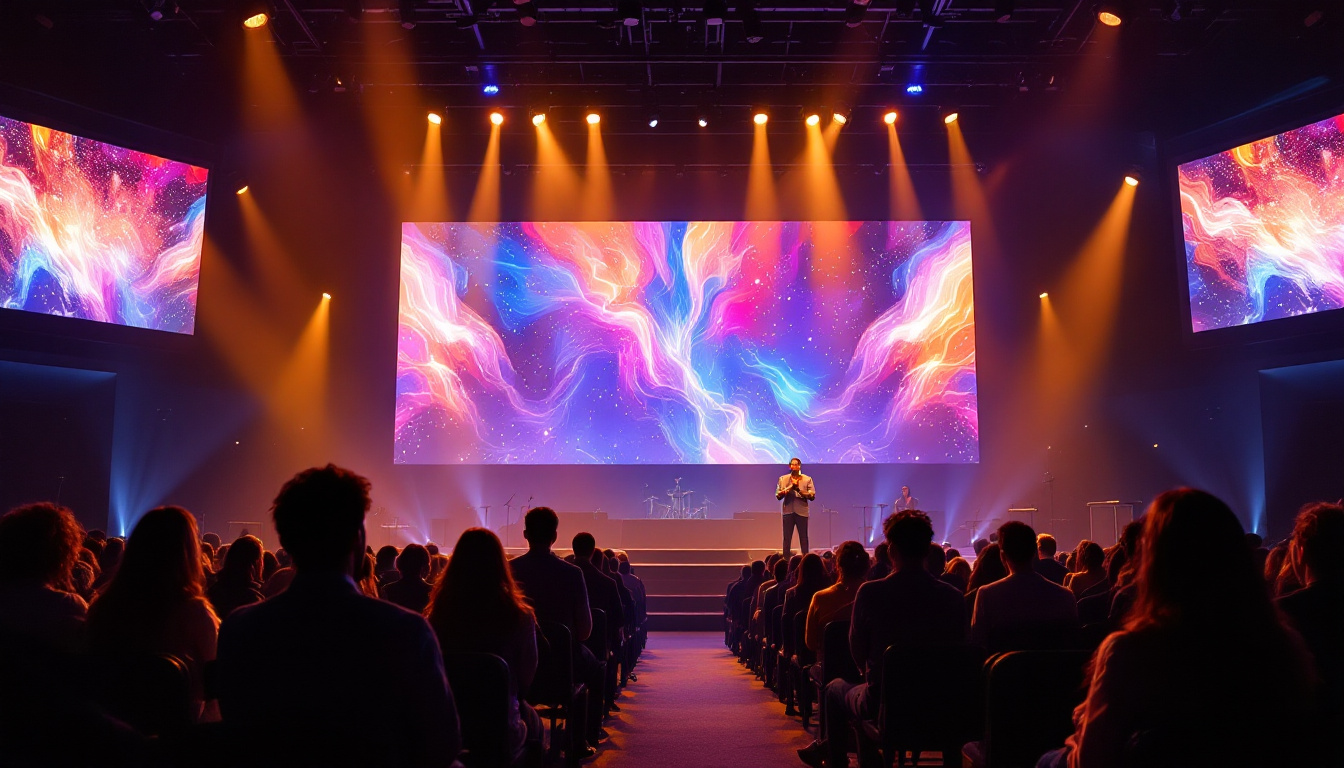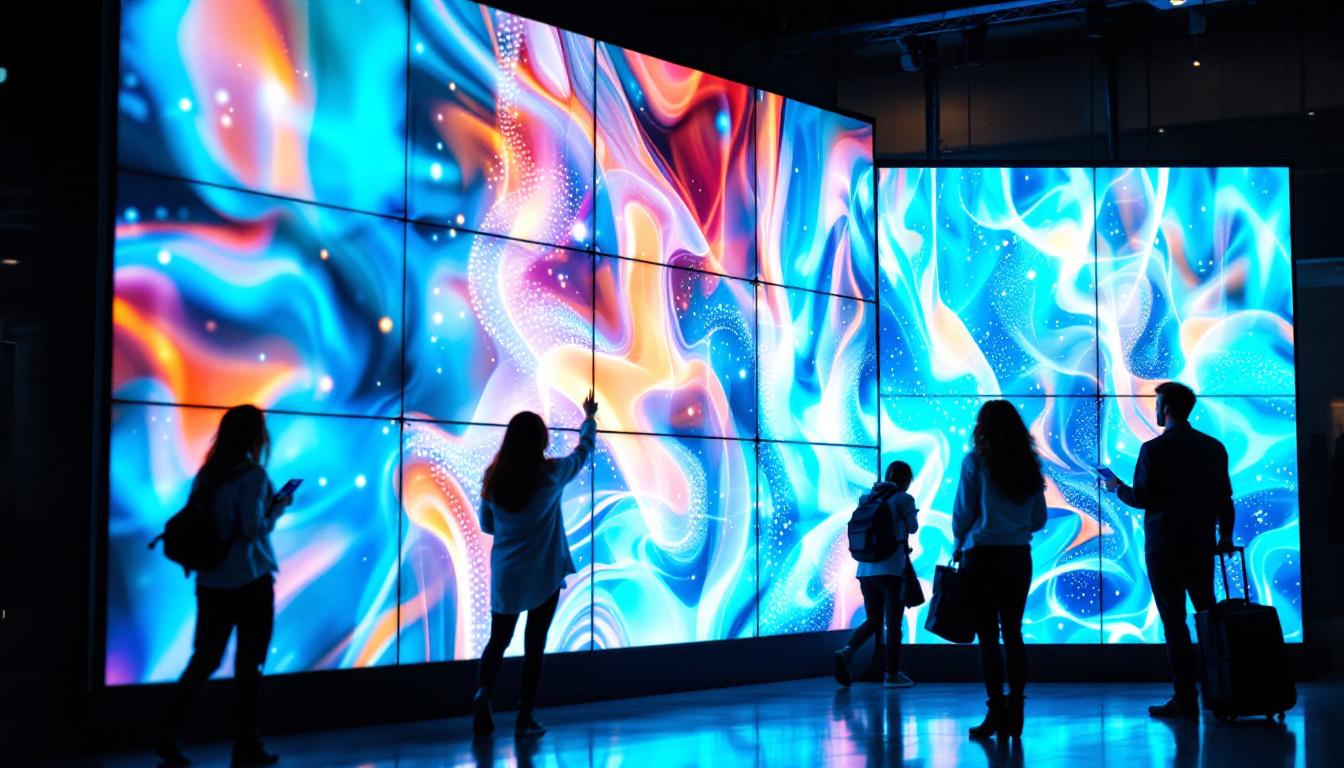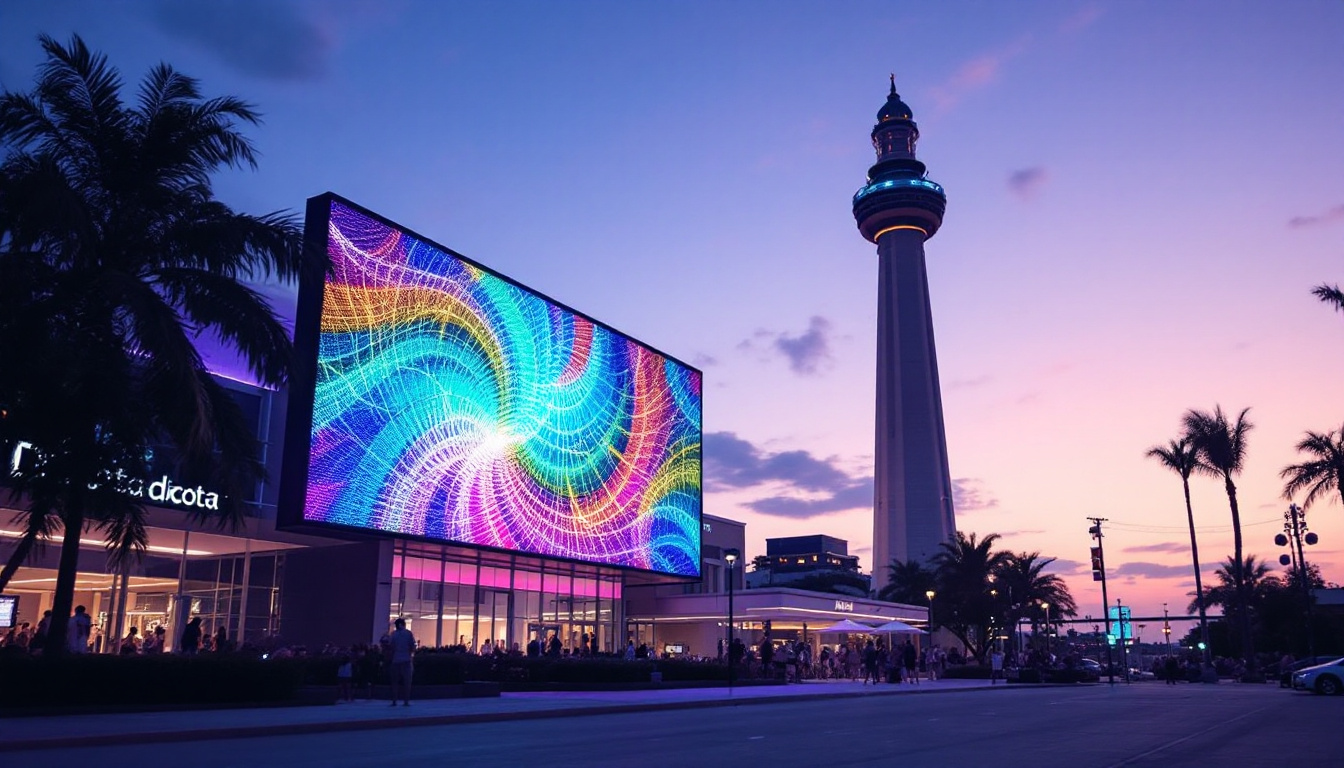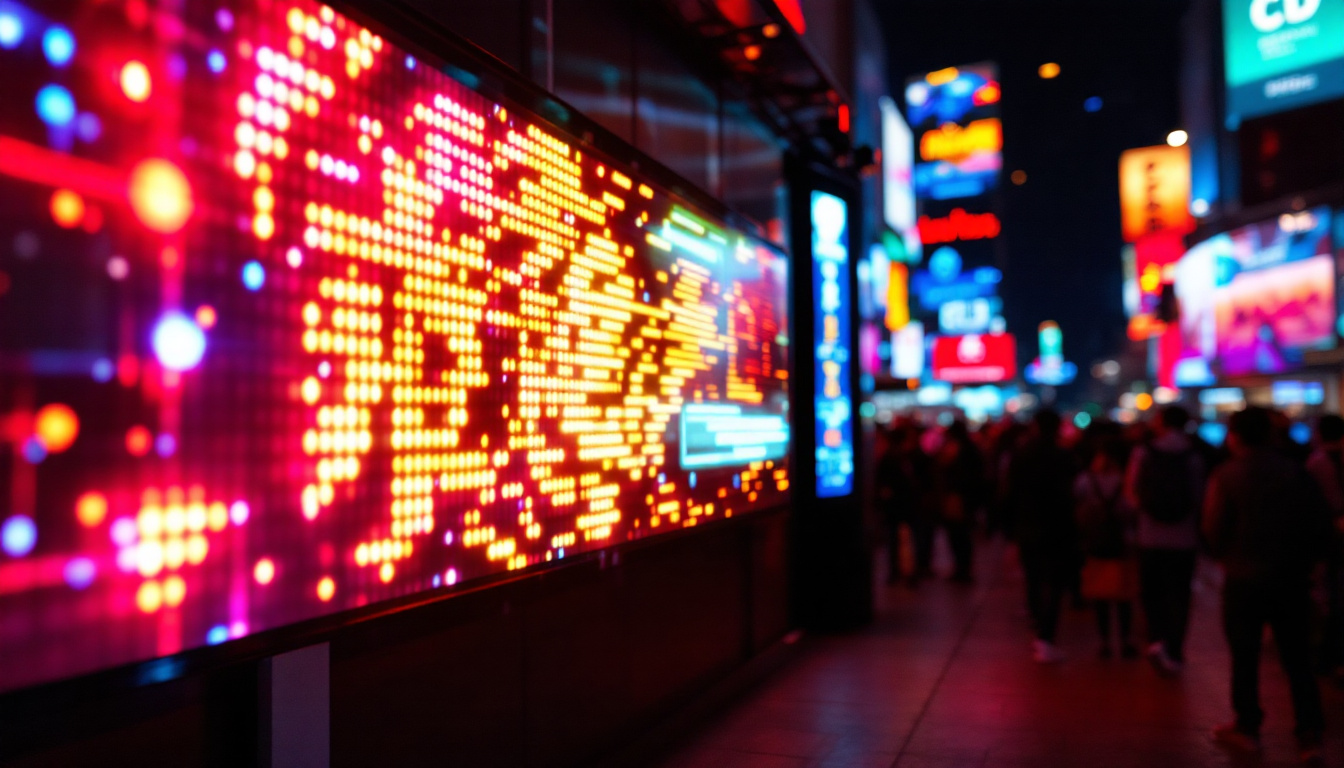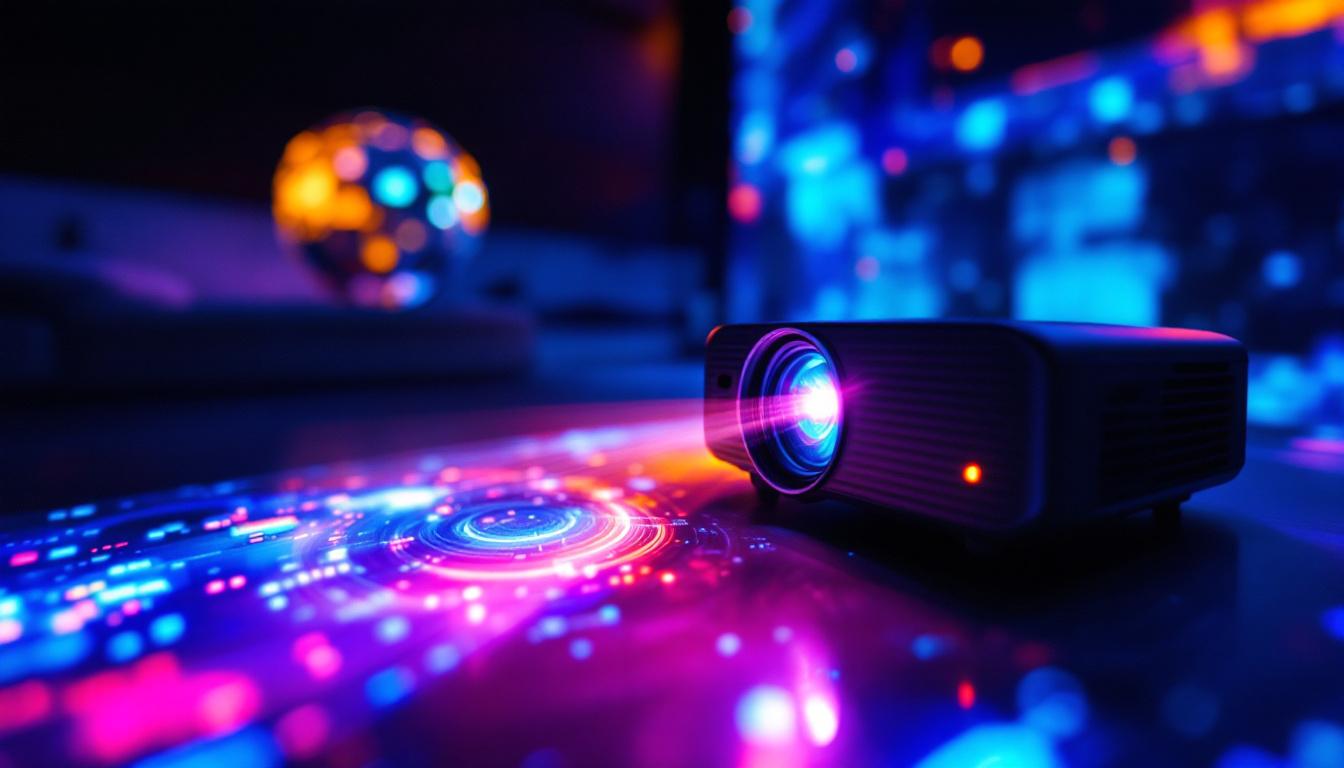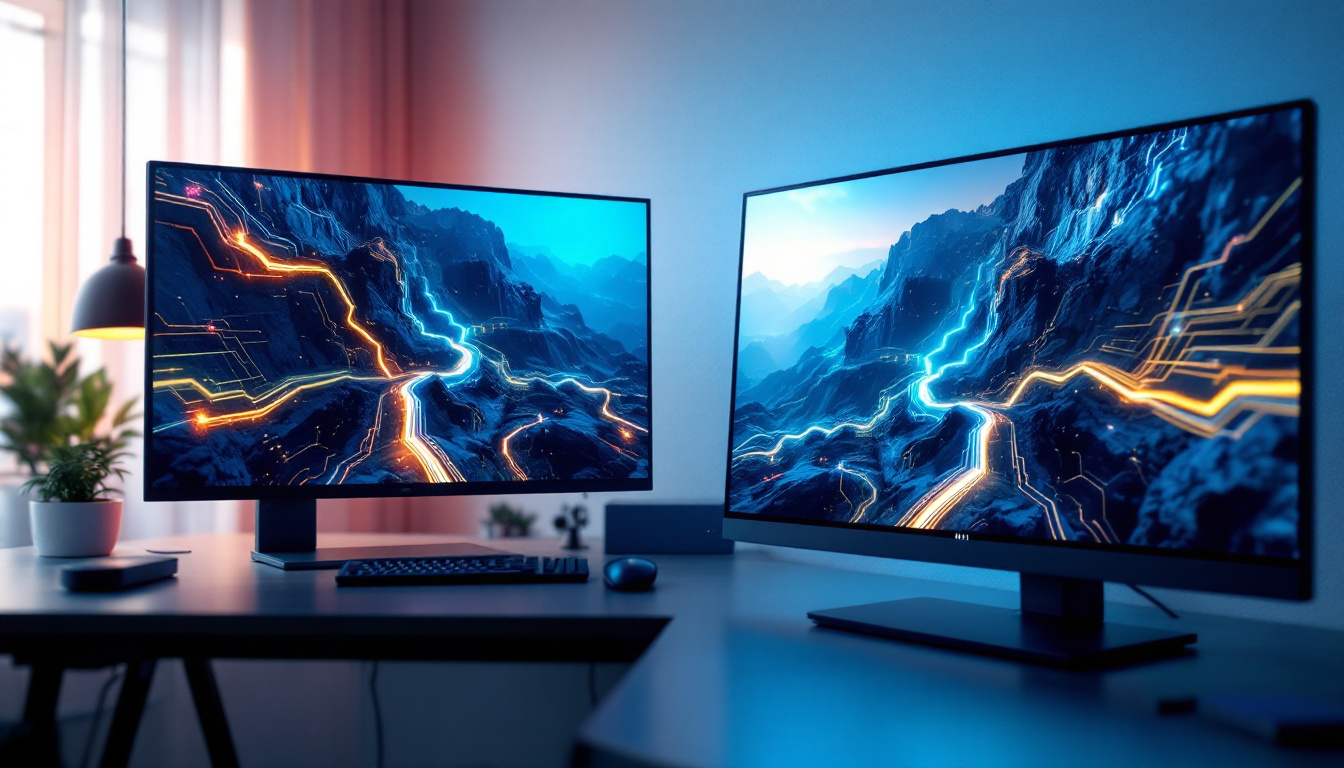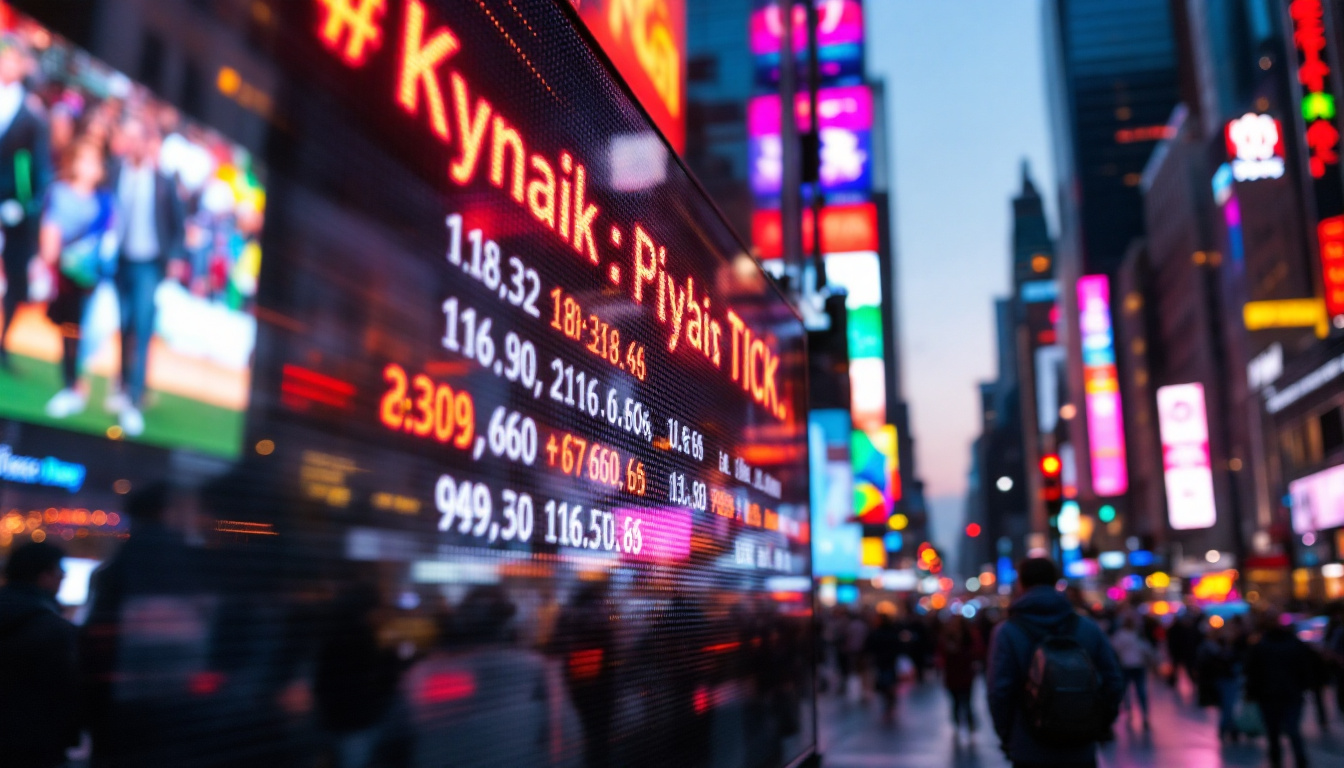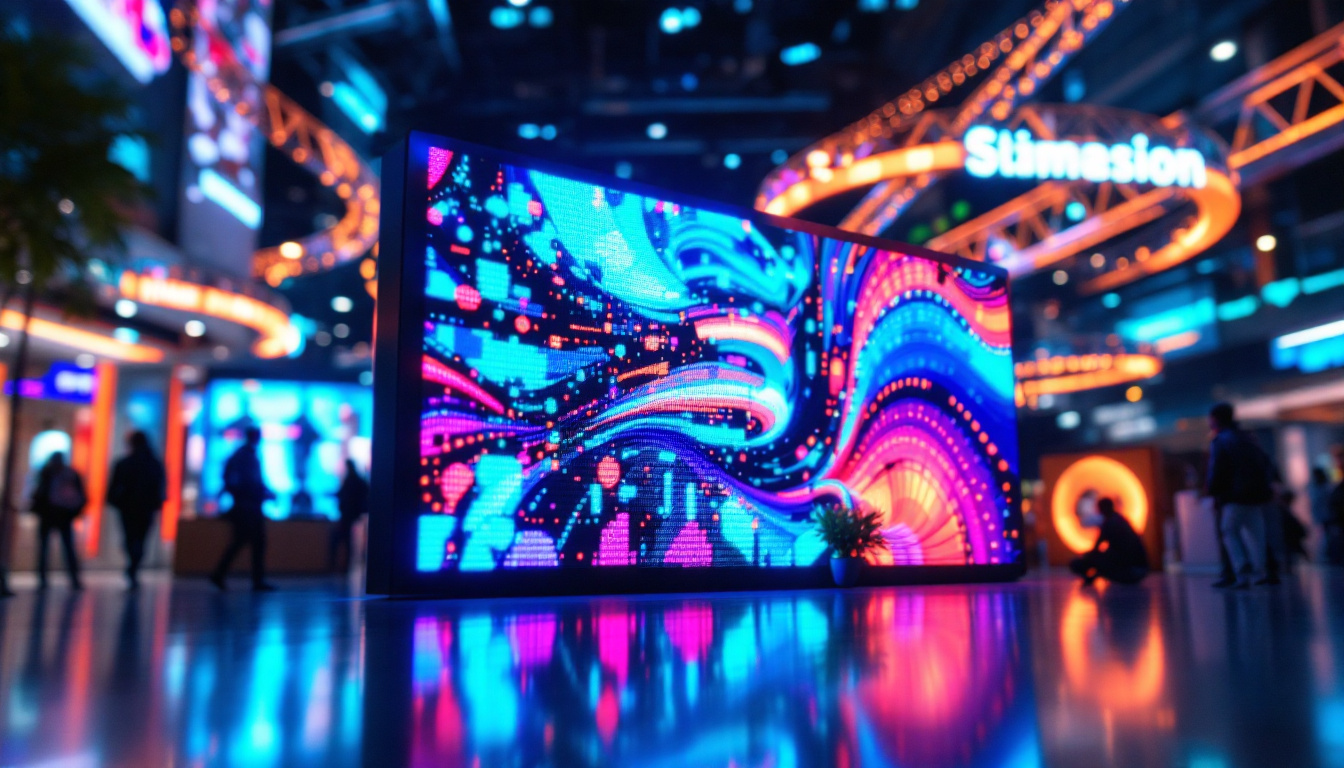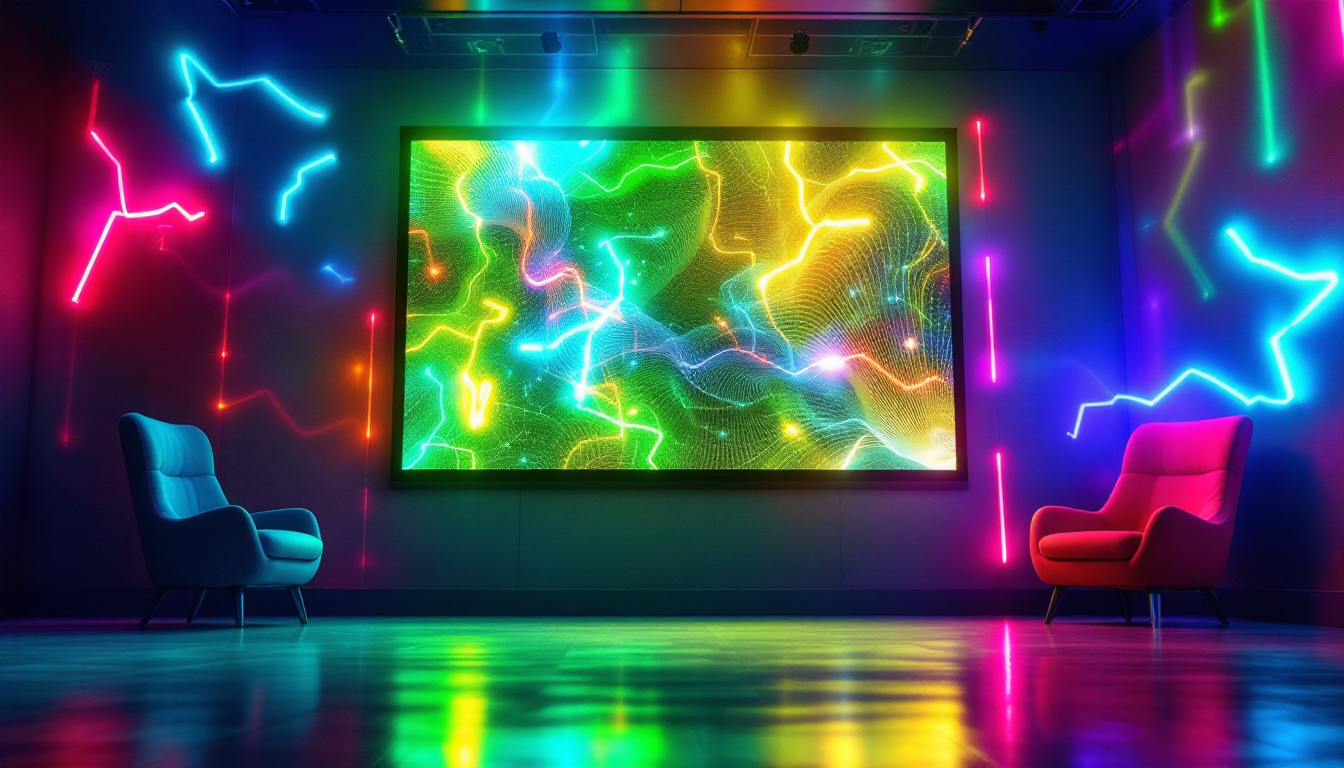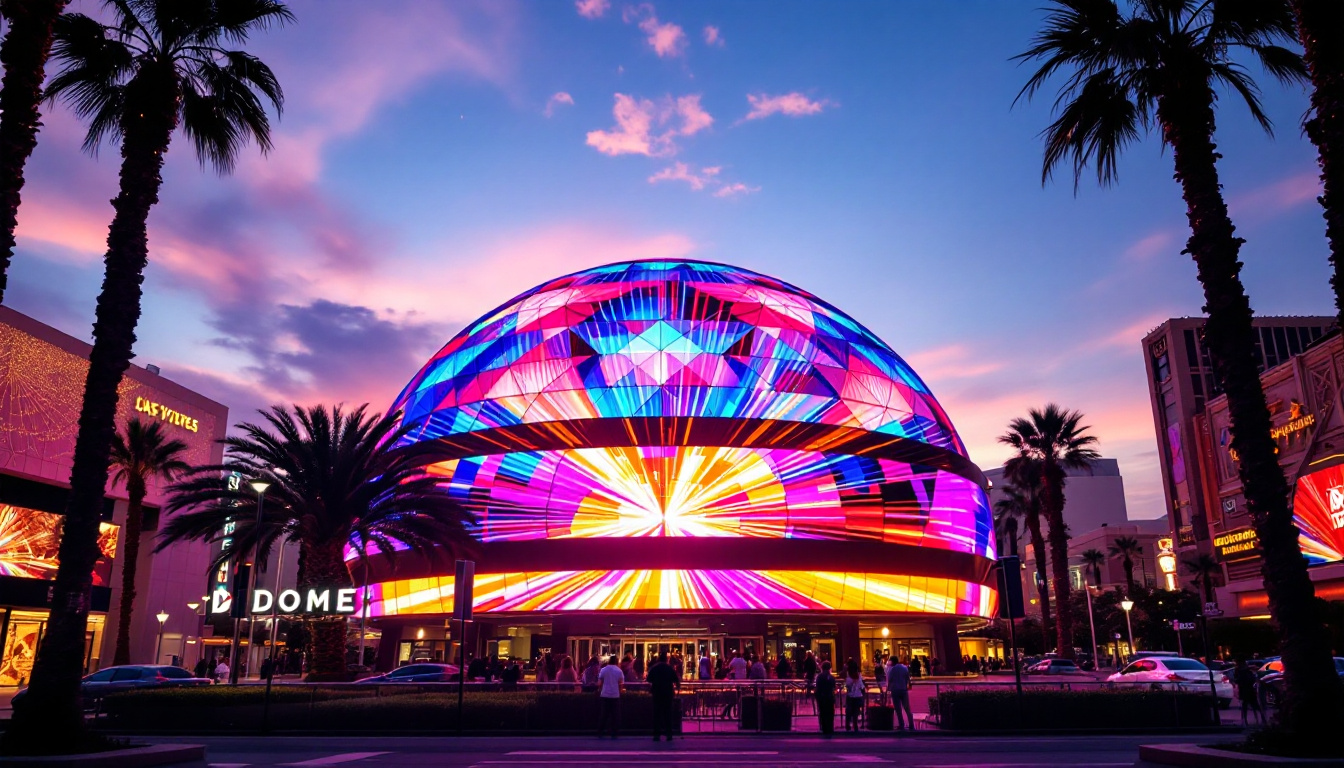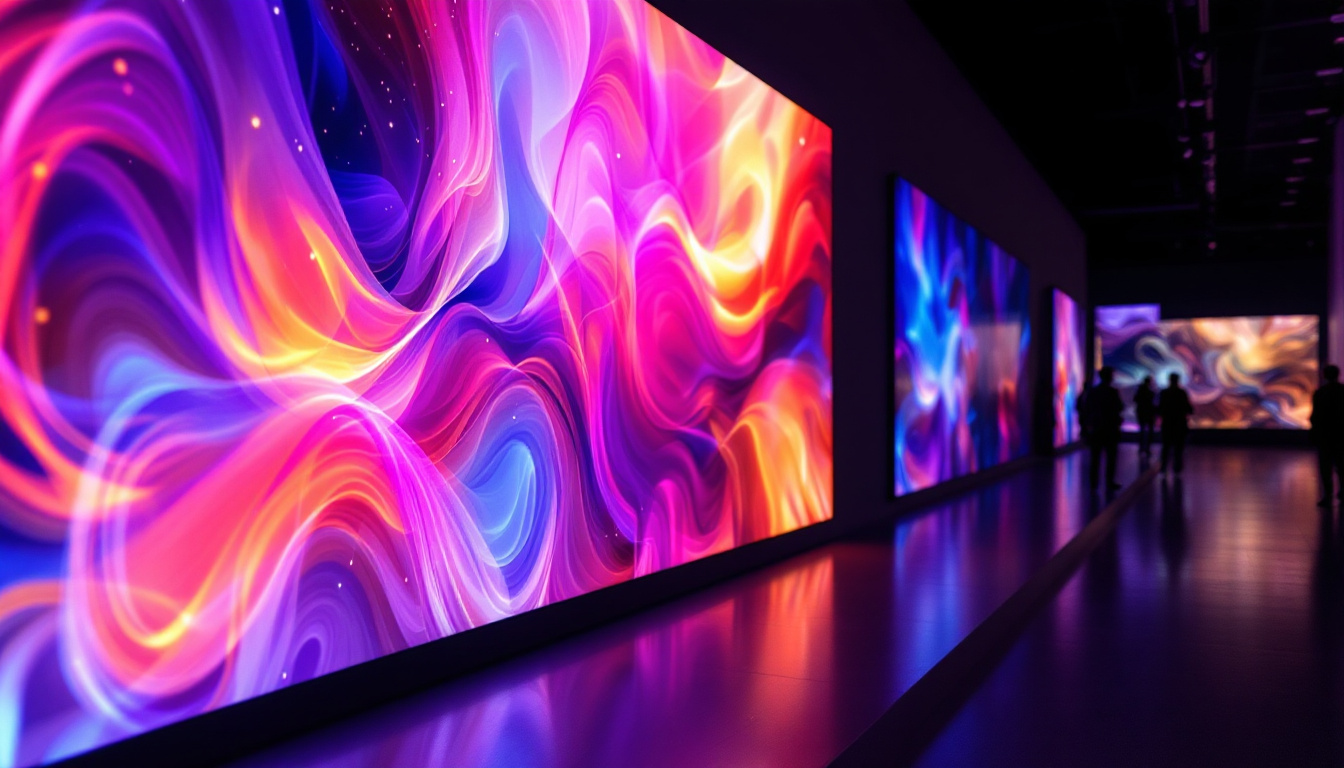In the world of technology, particularly in display technology, measurements can often be confusing. One common inquiry revolves around the thickness of displays, especially when it comes to LED technology. This article aims to clarify what 2.5 mm means in the context of LED displays, how it affects performance, and its implications in various applications.
Understanding LED Displays
LED displays have revolutionized the way visuals are presented, offering vibrant colors, high contrast ratios, and energy efficiency. These displays are utilized in a variety of settings, from televisions and computer monitors to large-scale advertising billboards and digital signage. The versatility of LED technology has made it a preferred choice for both commercial and personal use, enabling users to enjoy a more immersive viewing experience.
At the core of LED technology is the light-emitting diode (LED), which serves as the fundamental building block of the display. The arrangement and density of these diodes significantly influence the overall performance and quality of the display. As technology has progressed, manufacturers have developed various configurations and pixel densities to cater to different applications, ensuring that users can find the right display for their specific needs.
The Basics of LED Technology
LEDs are semiconductor devices that emit light when an electric current passes through them. The color of the light emitted depends on the materials used in the diode. In displays, red, green, and blue LEDs are combined to create a full spectrum of colors, allowing for rich and dynamic visuals. This RGB color model is foundational in digital displays, enabling the creation of millions of color combinations that enhance the viewing experience.
One of the key advantages of LED displays is their ability to produce high brightness levels while consuming less power compared to traditional display technologies like LCD or CRT. This efficiency makes them suitable for both indoor and outdoor applications. Furthermore, LED displays have a longer lifespan, often exceeding 50,000 hours of use, which translates to significant cost savings over time in terms of maintenance and replacement.
Types of LED Displays
There are several types of LED displays, including:
- Direct View LED: These displays are made up of individual LEDs that create the image directly. They are often used in large outdoor screens, such as those found in sports stadiums and concert venues, where visibility from a distance is crucial.
- LED-backlit LCD: In this type, LEDs are used to backlight an LCD panel, enhancing brightness and color accuracy. This hybrid approach combines the benefits of LCD technology with the superior lighting capabilities of LEDs, making it popular for modern televisions and monitors.
- Organic LED (OLED): A newer technology where organic compounds emit light, providing deeper blacks and better contrast ratios. OLED displays are particularly favored in high-end televisions and smartphones due to their ability to produce stunning visuals with wide viewing angles.
In addition to these types, there’s also the emerging field of MicroLED technology, which promises even greater advancements in display quality. MicroLEDs are tiny, self-emissive pixels that can be arranged in various configurations, allowing for flexibility in screen size and shape. This technology holds the potential for ultra-high-definition displays that are thinner and lighter than current options, making them ideal for a range of applications from wearable devices to large-format displays.
As the demand for high-quality visual content continues to grow, the evolution of LED display technology is likely to keep pace, introducing innovations that enhance not only the viewing experience but also the integration of displays into our daily lives. From smart homes to public installations, the impact of LED displays is profound and far-reaching, shaping how we interact with visual media in the modern world.
Decoding the Measurement: 2.5 Mm
The measurement of 2.5 mm refers to the thickness of the LED display panel. This specification is crucial as it impacts both the design and functionality of the display. A thinner display can be more aesthetically pleasing and easier to integrate into various environments.
In practical terms, a 2.5 mm thick display is considered relatively slim, especially when compared to older display technologies. This thinness allows for greater flexibility in installation and can enhance the overall user experience.
Importance of Thickness in Display Technology
The thickness of an LED display can influence several factors, including:
- Weight: Thinner displays are generally lighter, making them easier to mount and transport.
- Heat Dissipation: A thicker display may have more space for heat sinks, which can be beneficial for managing thermal performance.
- Aesthetics: Slimmer designs are often more visually appealing, allowing for seamless integration into modern architecture.
Comparing 2.5 Mm with Other Thicknesses
When comparing 2.5 mm displays to others, such as 1.5 mm or 3 mm options, several considerations come into play. A 1.5 mm display is even slimmer, which can be advantageous in applications requiring ultra-thin profiles. However, it may come at a higher cost and potentially reduced durability.
Conversely, a 3 mm display, while thicker, might offer enhanced robustness and better heat management, making it suitable for environments where durability is paramount. The choice between these thicknesses often depends on the specific application and user requirements.
Applications of 2.5 Mm LED Displays
2.5 mm LED displays are versatile and find applications across various industries. Their thin profile and high-quality output make them ideal for a range of settings.
Digital Signage
One of the most common uses for 2.5 mm LED displays is in digital signage. Retail stores, airports, and public transport hubs utilize these displays to convey information, advertisements, and announcements. The high resolution and brightness ensure that content is easily visible in various lighting conditions.
In bustling environments, the ability to capture attention quickly is crucial. The vibrant colors and sharp images produced by 2.5 mm displays make them an effective tool for engaging customers and delivering messages effectively.
Broadcast and Events
In the realm of broadcasting and live events, 2.5 mm LED displays have become a staple. They are used in concert stages, sports arenas, and corporate events to deliver stunning visuals to large audiences. The thin profile allows for flexible setups, whether mounted on walls or as part of elaborate stage designs.
Moreover, the high refresh rates and excellent color reproduction of these displays contribute to a captivating experience for viewers, enhancing the overall atmosphere of events.
Commercial and Retail Spaces
Retail environments benefit significantly from 2.5 mm LED displays. They can be strategically placed to attract customers’ attention and showcase products or promotions. The ability to change content quickly and easily allows retailers to adapt their messaging based on trends or seasons.
Additionally, the sleek design of these displays complements modern retail aesthetics, creating an inviting atmosphere that encourages customer engagement.
Technical Considerations for 2.5 Mm LED Displays
When considering a 2.5 mm LED display, several technical factors should be taken into account to ensure optimal performance and longevity.
Resolution and Pixel Density
The resolution of an LED display is directly related to its pixel density, which is influenced by the thickness of the display. A 2.5 mm display typically offers a higher pixel density compared to thicker models, resulting in sharper images and finer details.
This high resolution is particularly important in applications where close viewing distances are common, such as in retail environments or during live events. Ensuring that the display has adequate resolution can significantly enhance the viewer’s experience.
Brightness and Contrast
Brightness is a critical factor for LED displays, especially in outdoor settings or brightly lit environments. A 2.5 mm display generally provides sufficient brightness to ensure visibility in various lighting conditions. Additionally, the contrast ratio plays a vital role in how well images are perceived.
High contrast ratios allow for deeper blacks and more vibrant colors, enhancing the overall quality of the display. When selecting a 2.5 mm LED display, it is essential to consider both brightness and contrast specifications to meet the intended application’s requirements.
Durability and Maintenance
Durability is another key consideration for LED displays, particularly in high-traffic areas or outdoor environments. A 2.5 mm display should be designed to withstand the rigors of its intended use, including exposure to weather elements, physical impacts, and dust accumulation.
Regular maintenance is also crucial to ensure the longevity of the display. This includes cleaning the screen, checking for pixel failures, and ensuring that the internal components are functioning correctly. Investing in a high-quality 2.5 mm LED display can minimize maintenance needs and enhance reliability.
Future Trends in LED Display Technology
The LED display industry is continually evolving, with advancements in technology leading to improved performance and new applications. Understanding these trends can provide insights into the future of displays, including those with a thickness of 2.5 mm.
MicroLED Technology
One of the most exciting developments in display technology is MicroLED. This innovation involves using microscopic LEDs to create displays that offer even higher resolutions and better color accuracy than traditional LED displays. MicroLED technology has the potential to produce displays that are thinner, lighter, and more energy-efficient.
As this technology matures, it may lead to the development of 2.5 mm displays that surpass current performance standards, making them even more appealing for a wide range of applications.
Increased Customization
As the demand for personalized experiences grows, display manufacturers are focusing on customization options. This includes the ability to tailor the size, shape, and functionality of LED displays to meet specific needs. A 2.5 mm display could be customized for unique installations, enhancing its versatility in various settings.
Such customization will likely extend to software solutions as well, allowing users to manage content more effectively and interactively, further enhancing the value of LED displays.
Integration with Smart Technologies
The integration of LED displays with smart technologies is another trend to watch. As the Internet of Things (IoT) continues to expand, LED displays will increasingly be connected to networks, enabling real-time data updates and interactive features.
This connectivity can transform how displays are used in advertising, information dissemination, and entertainment, making 2.5 mm displays even more valuable in the digital landscape.
Conclusion
Understanding the thickness of LED displays, specifically 2.5 mm, is essential for making informed decisions in various applications. This measurement signifies a balance between aesthetics, performance, and functionality, making it a popular choice across industries.
As technology continues to advance, the future of LED displays looks promising, with innovations such as MicroLED and smart technology integration on the horizon. Whether used in digital signage, live events, or retail environments, 2.5 mm LED displays will undoubtedly play a crucial role in shaping the visual landscape of the future.
Discover Cutting-Edge LED Displays with LumenMatrix
Ready to elevate your visual experience with the sleek design and superior performance of a 2.5 mm LED display? Look no further than LumenMatrix, a pioneer in LED display technology. Our extensive range of products, from Indoor and Outdoor LED Wall Displays to innovative LED Sports and Floor Displays, is crafted to capture your audience’s attention and bring your vision to life. Embrace the future of visual communication with our Custom and All-in-One LED Display solutions, designed to deliver your message with unparalleled impact and clarity. Check out LumenMatrix LED Display Solutions today and transform the way you engage with your audience.



